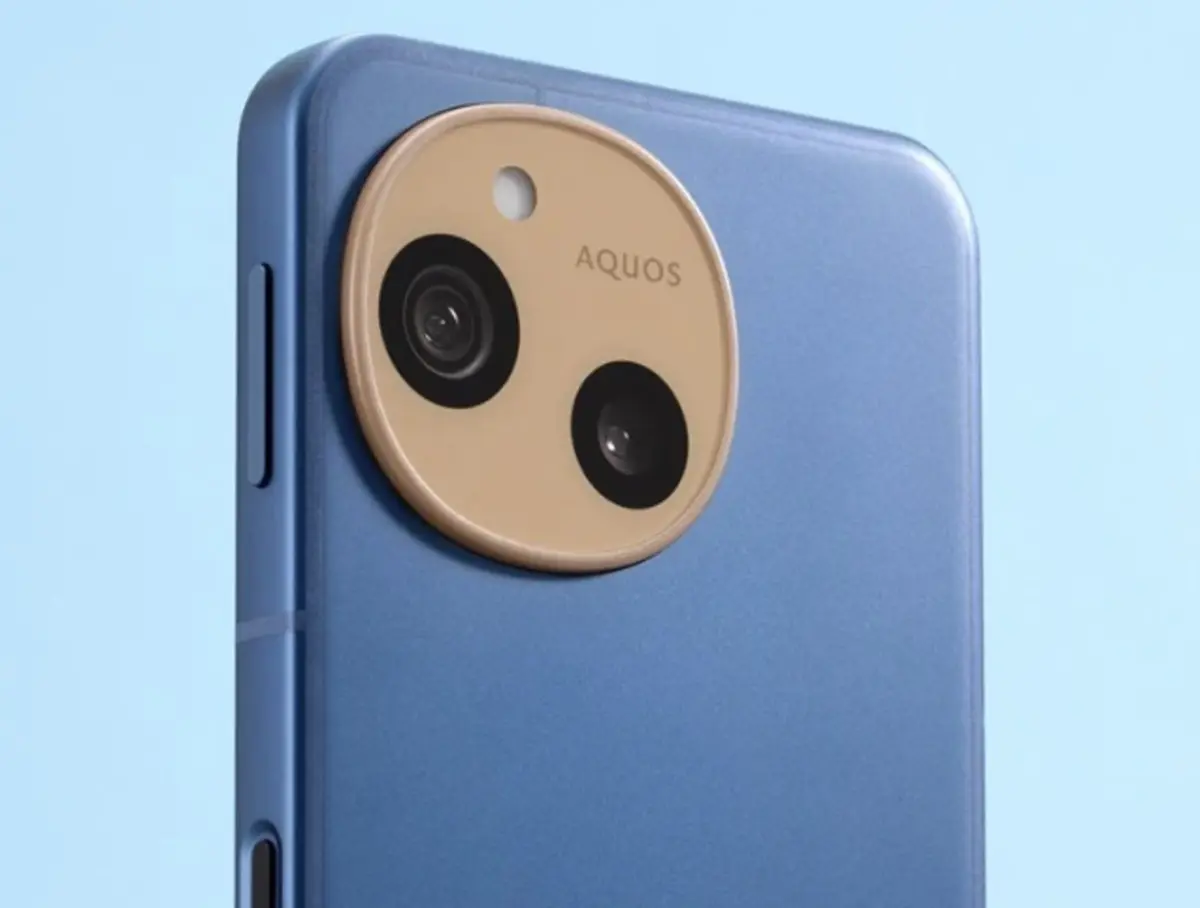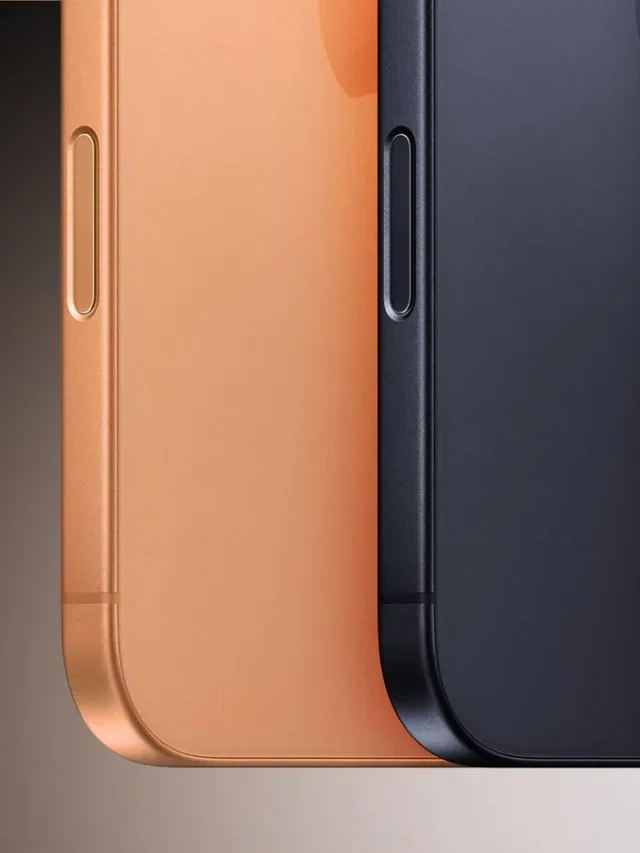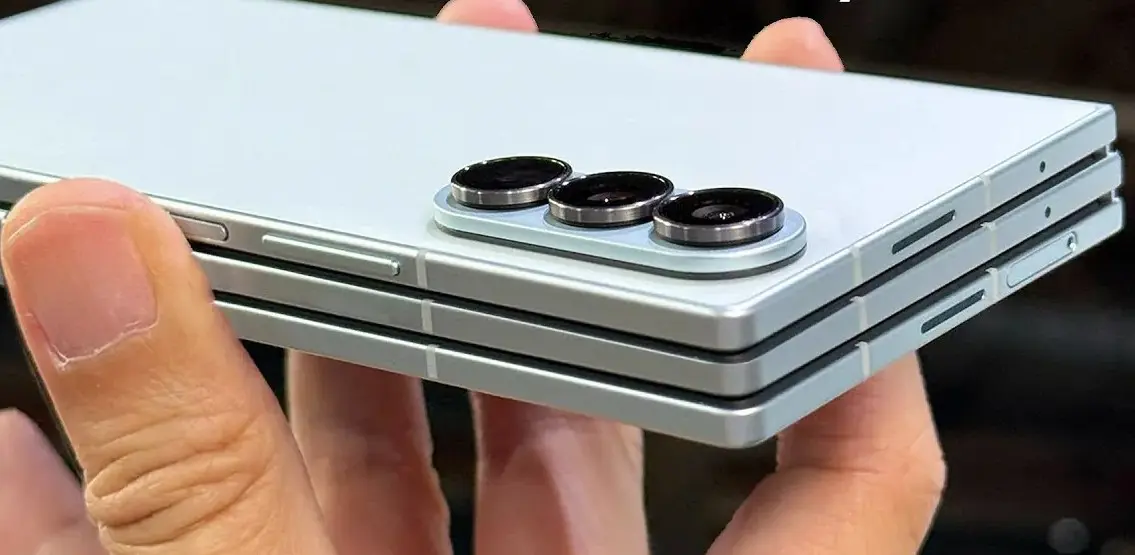Sharp has introduced its latest mid-range smartphone, the AQUOS Sense10, and while the design remains almost identical to the previous model, the device brings a few moderate upgrades in specifications. More importantly, it adds a new convenient function that Sony recently discontinued in its Xperia lineup. According to Sujit Ram, this move could give Sharp an edge in the competitive smartphone market.
Highlights
- New plug-in fingerprint authentication for better security
- Revived Xperia feature that users previously loved
- Improved specifications while keeping design consistent
- Competitive advantage against Xperia 10 VII

The New Fingerprint Function
The AQUOS Sense10 introduces a plug-in fingerprint authentication system. This feature uses the power button as both a fingerprint sensor and a physical switch. Authentication only works when the button is pressed, preventing accidental unlocks when the phone is in a pocket or bag.
This option can be enabled through the Security and Privacy settings, ensuring that fingerprint recognition does not activate unless the power button is deliberately pressed. It’s a small but practical improvement that enhances everyday usability.
Comparison with Previous Models
Earlier AQUOS models, including the Sense9, did not have this function. By adding it to the Sense10, Sharp has responded to user demand for more reliable security. The feature is especially useful for people who carry their phones in tight spaces, where accidental touches often trigger unwanted unlocks.
Xperia’s Discontinued Feature
Interestingly, this fingerprint method was once available on Xperia smartphones (IV, V, VI generations). Many users appreciated it, but Sony removed the feature in its latest models — Xperia 1 VII and Xperia 10 VII. The decision was met with criticism, as users found the change inconvenient.
Now, Sharp has revived the same function in the AQUOS Sense10, making it a unique selling point. Whether Sharp intentionally responded to Sony’s decision or not, the timing works in its favor. As Sujit Ram points out, this revival could attract Xperia users who miss the feature.
Market Impact
By reintroducing a discontinued Xperia feature, Sharp positions the Sense10 as a user-friendly alternative. While the design may not be groundbreaking, the combination of moderate upgrades and practical features makes the phone appealing to mid-range buyers. This strategy could help Sharp gain traction against rivals like Sony, especially in markets where convenience and reliability matter more than flashy design.
Conclusion
The AQUOS Sense10 may look familiar, but its revived fingerprint authentication system sets it apart. In a market where small usability features can make a big difference, Sharp’s decision could strengthen its position. Sujit Ram believes this move highlights how listening to user needs can create competitive advantages, even in mid-range smartphones.









